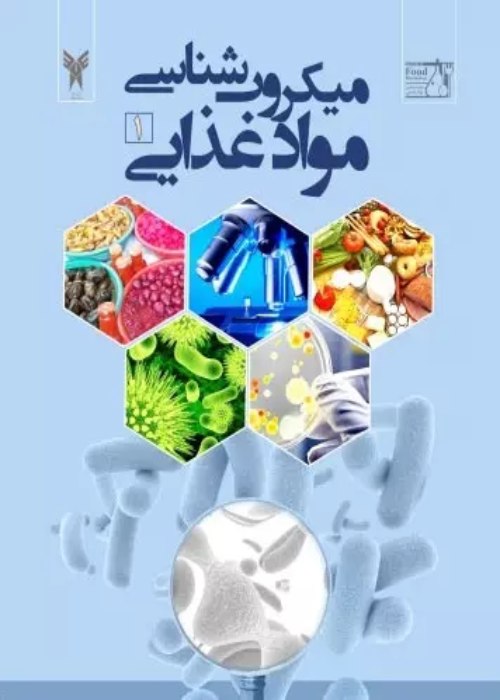Antimicrobial effect of walnut leaves aqueous extract and comparison of disc diffusion and wells methods
Author(s):
Article Type:
Research/Original Article (دارای رتبه معتبر)
Abstract:
Today food safety is a public health issue. One of the methods of healthy food production is the use of natural materials. The use of essential oils and plant extracts as antibacterial and antifungal additives is one of these methods. Antimicrobial compositions obtained from plants were removed by different mechanisms of antibiotics, in which the effective influences of walnut and its components are significant. The aim of this study was to evaluate the antimicrobial effect of walnut leaf extract on Staphylococcus aureus (S. aureus) and Escherichia coli (E. coli), determine the optimal amount of extract and sensitivity to each of the bacteria against the extract and determine the most sensitive method of the study. In this study, the leaves was extracted from the walnut and then the antimicrobial properties of the extract and its optimal concentrations were measured using disc and well methods on S. aureus and E. coli. Based on the results, the extract of walnut leaves in the concentrations of 12.5% up to the above has antimicrobial effect. By increasing the amount of extract, the growth rate of the bacteria significantly decreases (p<0.01). The highest non-growth halo in both methods was obtained from the control sample containing chloramphenicol disk on the E. coli (24 mm) and after it, the sample that contain 50% extract on S. aureus had 13.33 non-growth halo in the well method, and in the disc method, the 50% extract of S. aureus had the highest non-growth halo (11 mm). In fact, S. aureus was more susceptible to walnut leaves extract than E. coli in both methods. However, between the two methods, the sensitivity of the wells samples was more than the discontinuation method. The overall result shows that the sample containing 50% walnut leaf extract on S. aureus has the most antimicrobial activity among other samples after the control sample (chloramphenicol disc on E. coli).
Keywords:
Language:
Persian
Published:
JOurnal of Food Microbiology, Volume:6 Issue: 1, 2019
Pages:
90 to 101
magiran.com/p1980497
دانلود و مطالعه متن این مقاله با یکی از روشهای زیر امکان پذیر است:
اشتراک شخصی
با عضویت و پرداخت آنلاین حق اشتراک یکساله به مبلغ 1,390,000ريال میتوانید 70 عنوان مطلب دانلود کنید!
اشتراک سازمانی
به کتابخانه دانشگاه یا محل کار خود پیشنهاد کنید تا اشتراک سازمانی این پایگاه را برای دسترسی نامحدود همه کاربران به متن مطالب تهیه نمایند!
توجه!
- حق عضویت دریافتی صرف حمایت از نشریات عضو و نگهداری، تکمیل و توسعه مگیران میشود.
- پرداخت حق اشتراک و دانلود مقالات اجازه بازنشر آن در سایر رسانههای چاپی و دیجیتال را به کاربر نمیدهد.
In order to view content subscription is required
Personal subscription
Subscribe magiran.com for 70 € euros via PayPal and download 70 articles during a year.
Organization subscription
Please contact us to subscribe your university or library for unlimited access!



